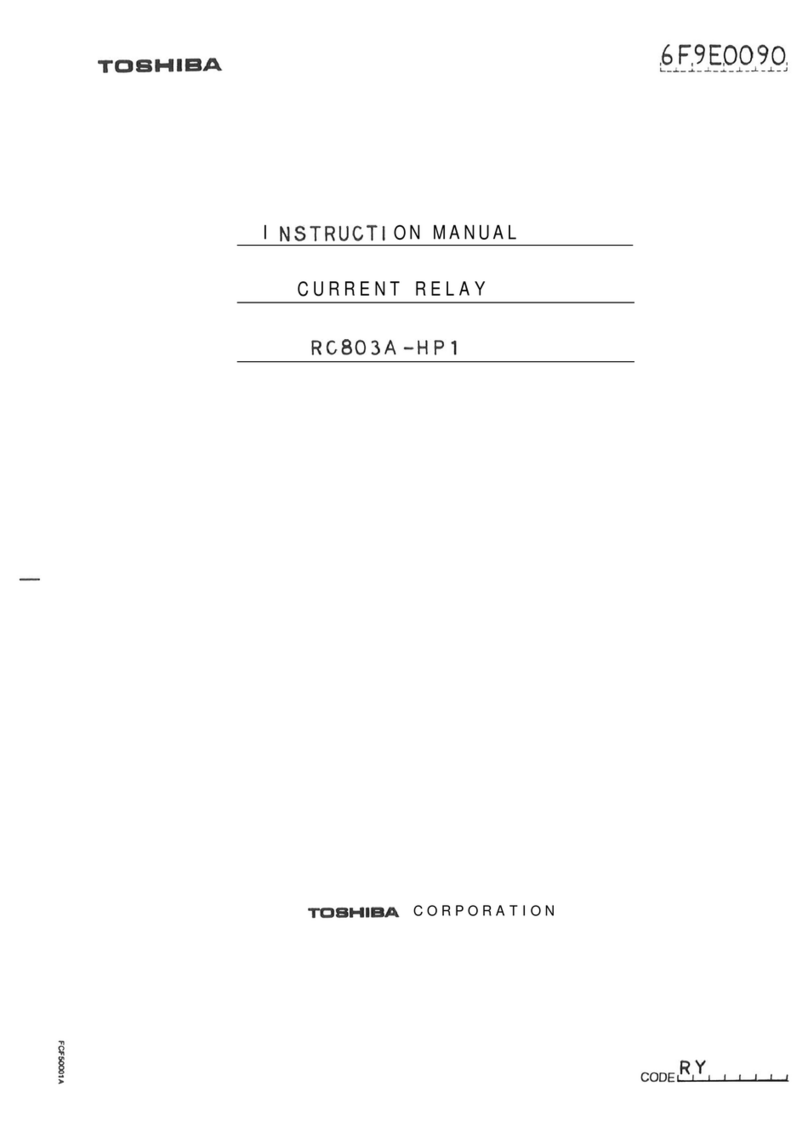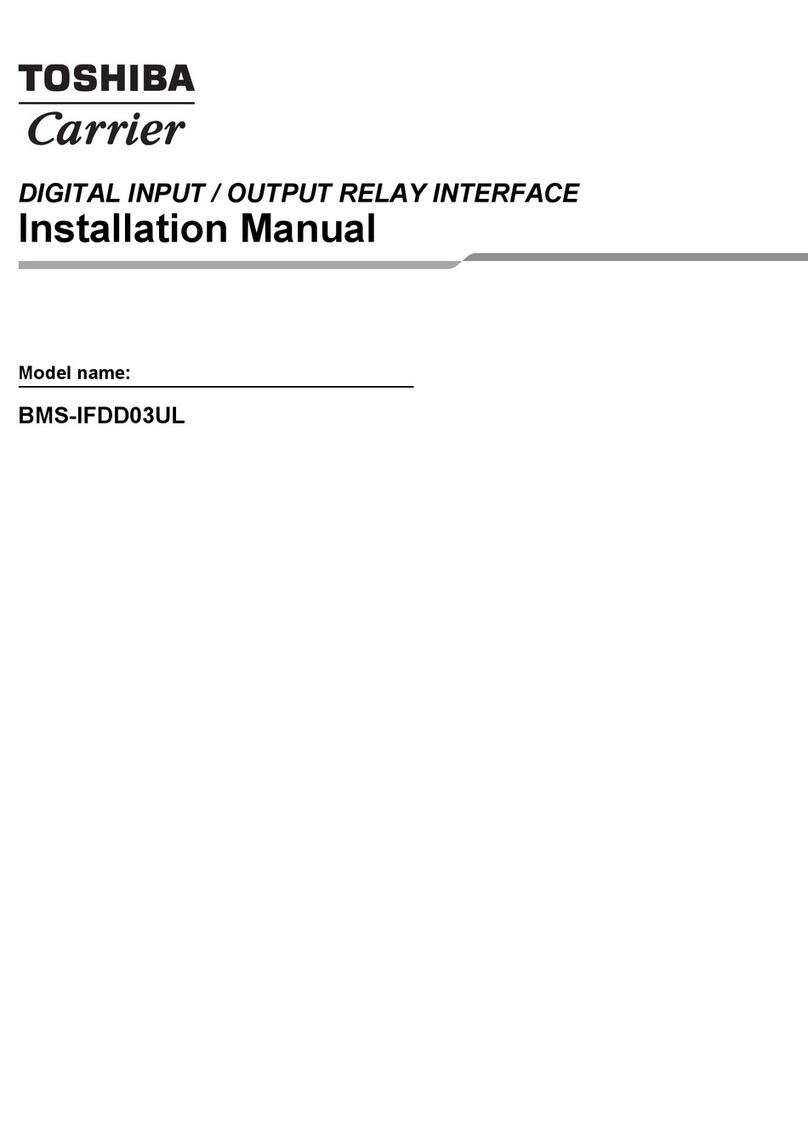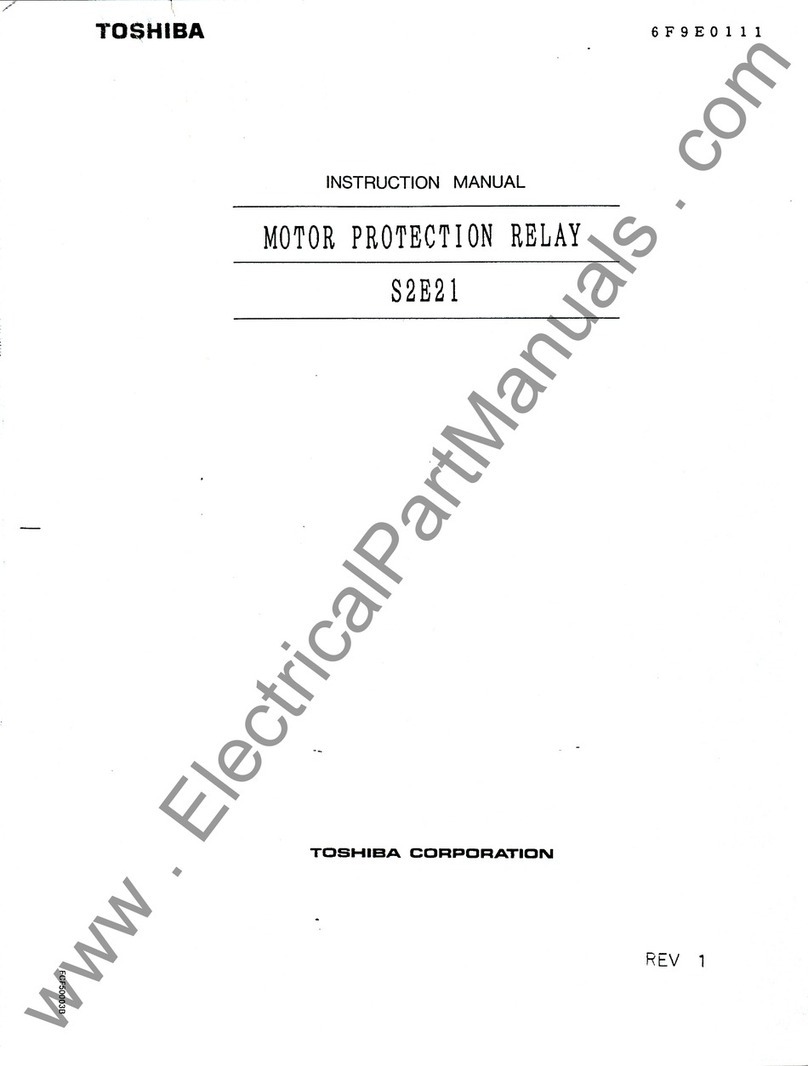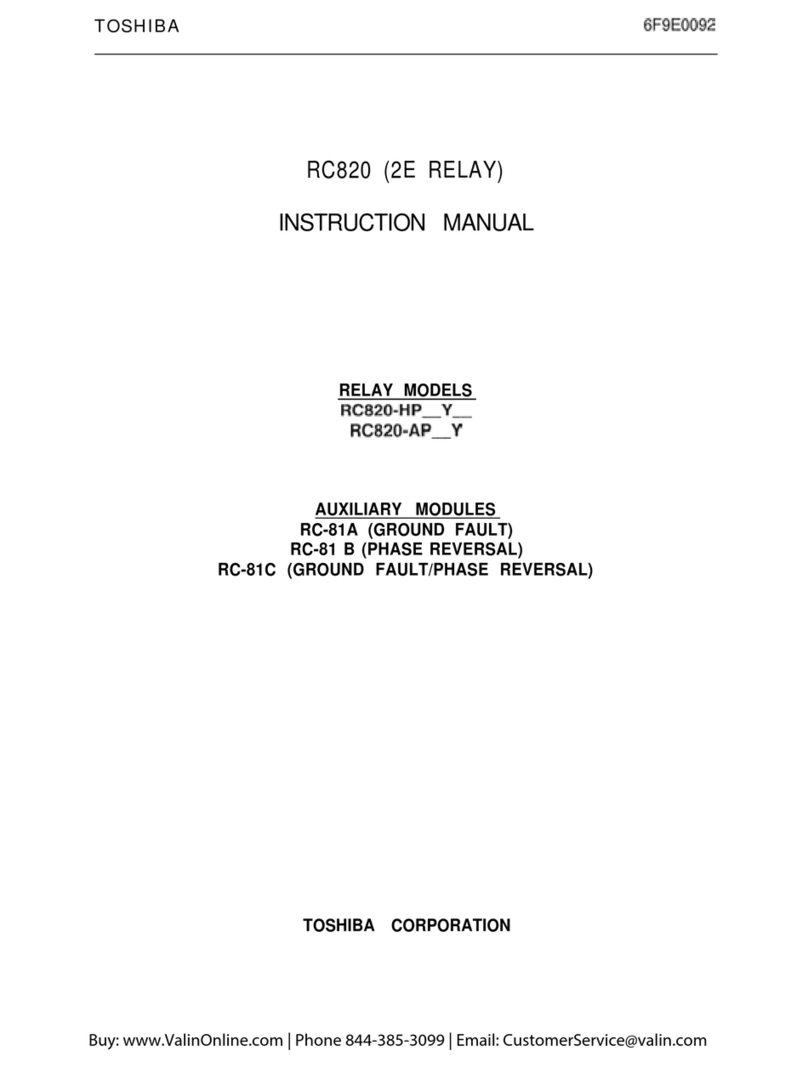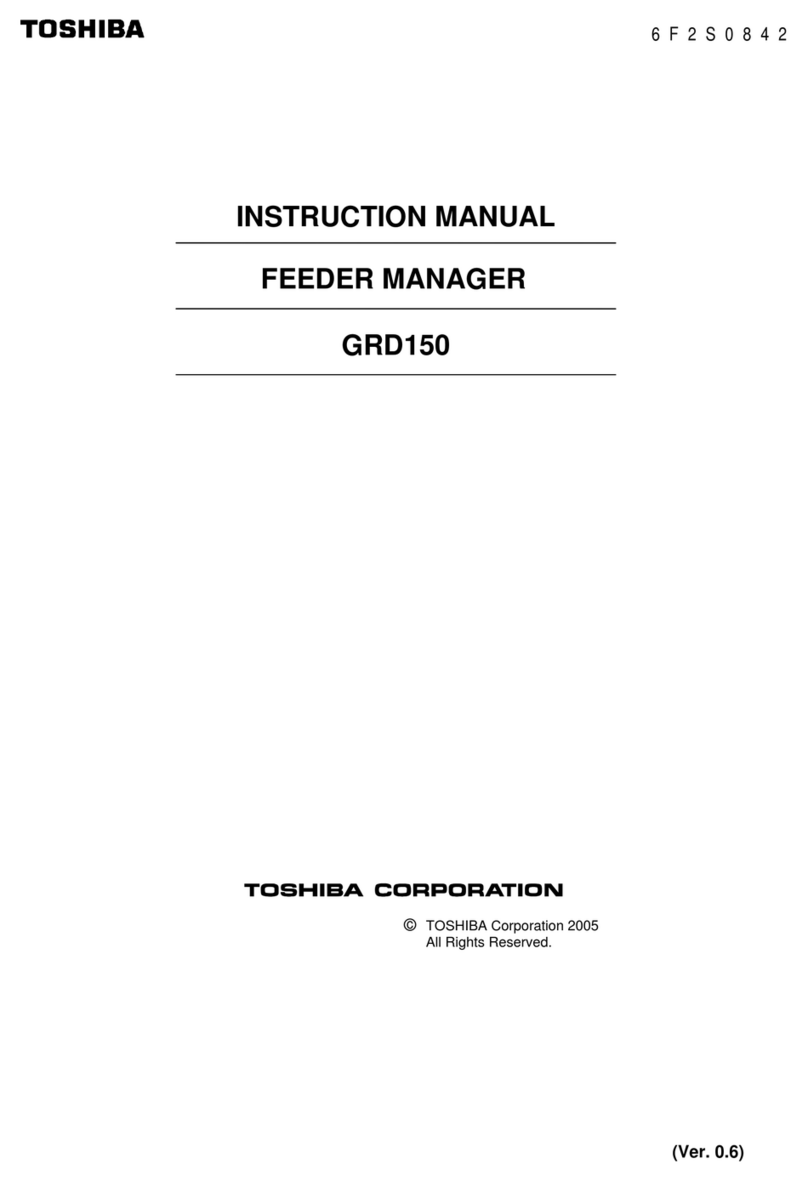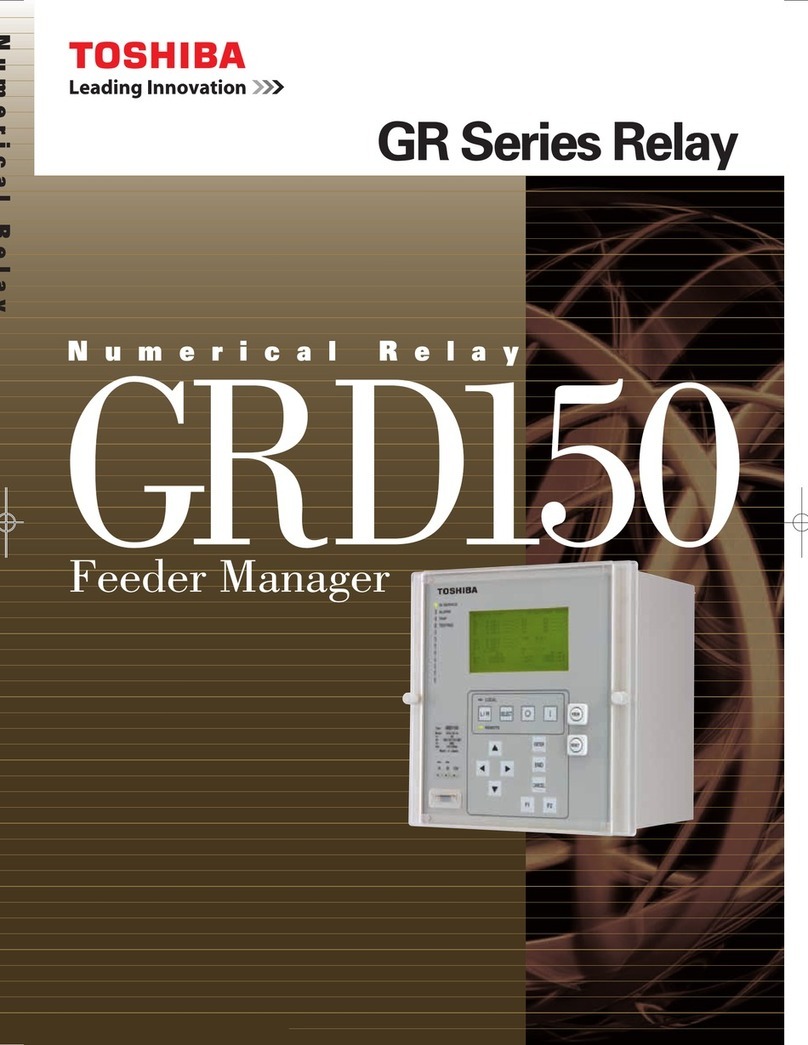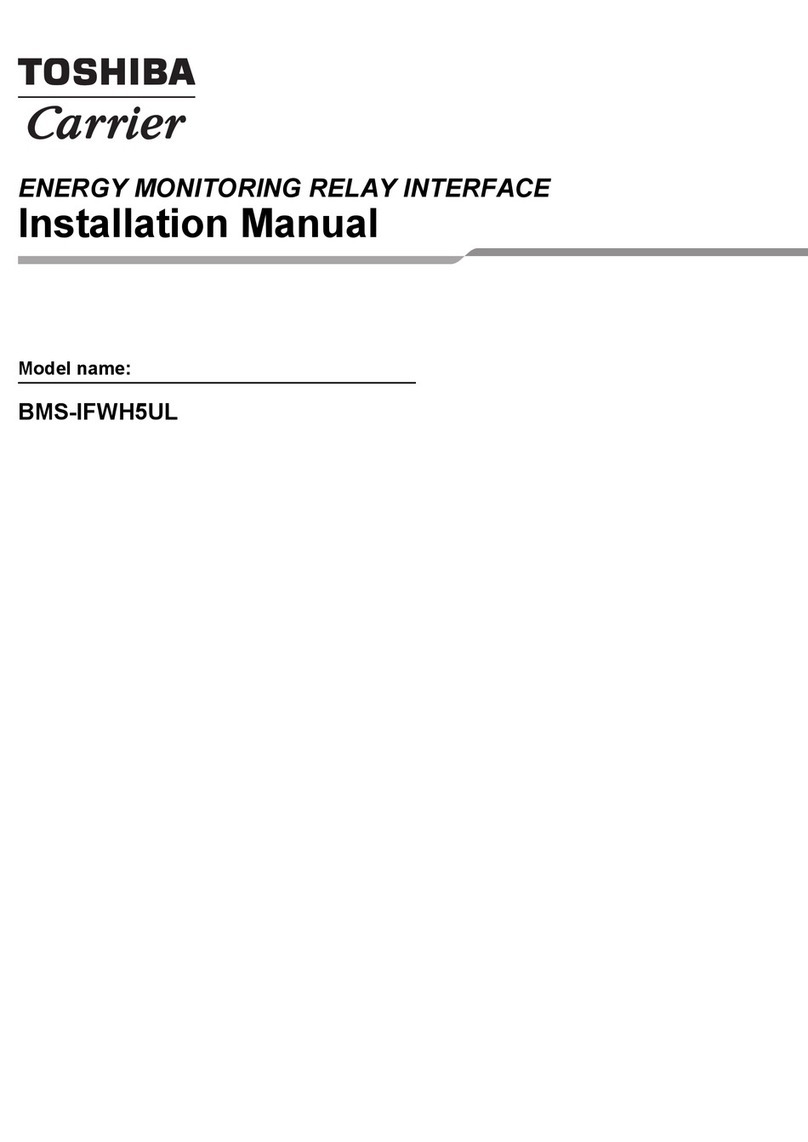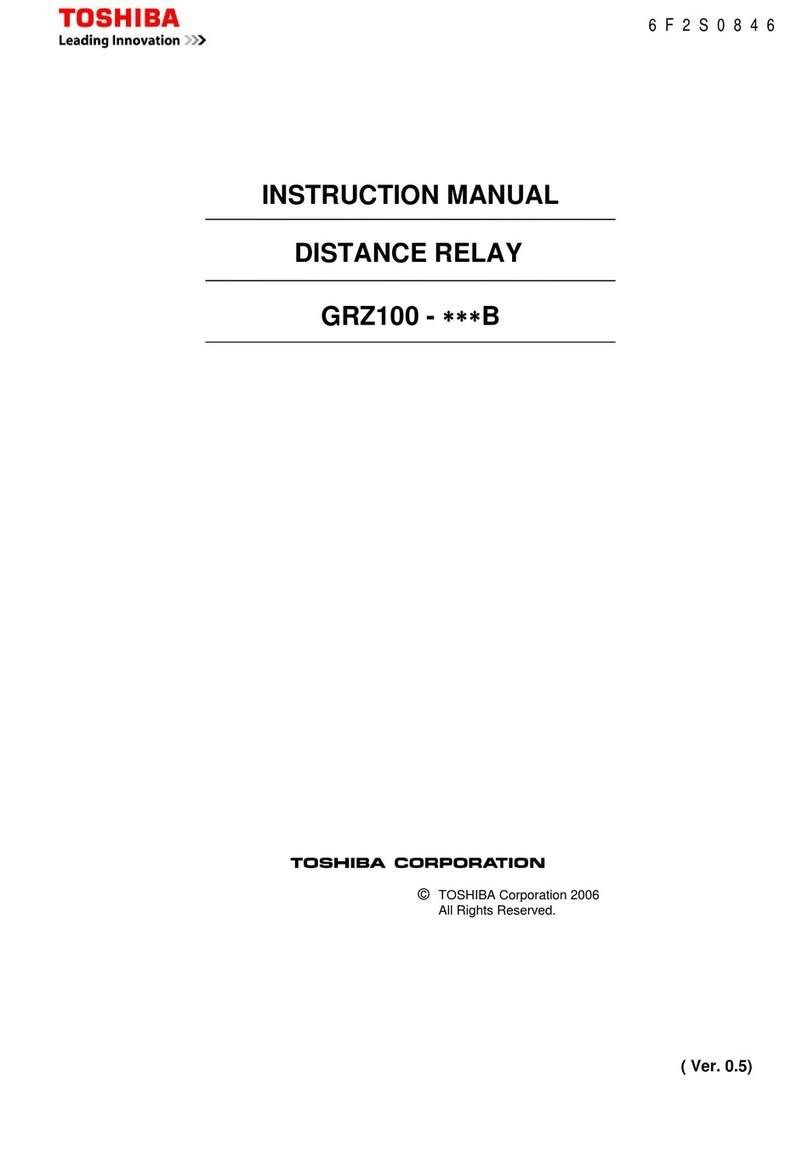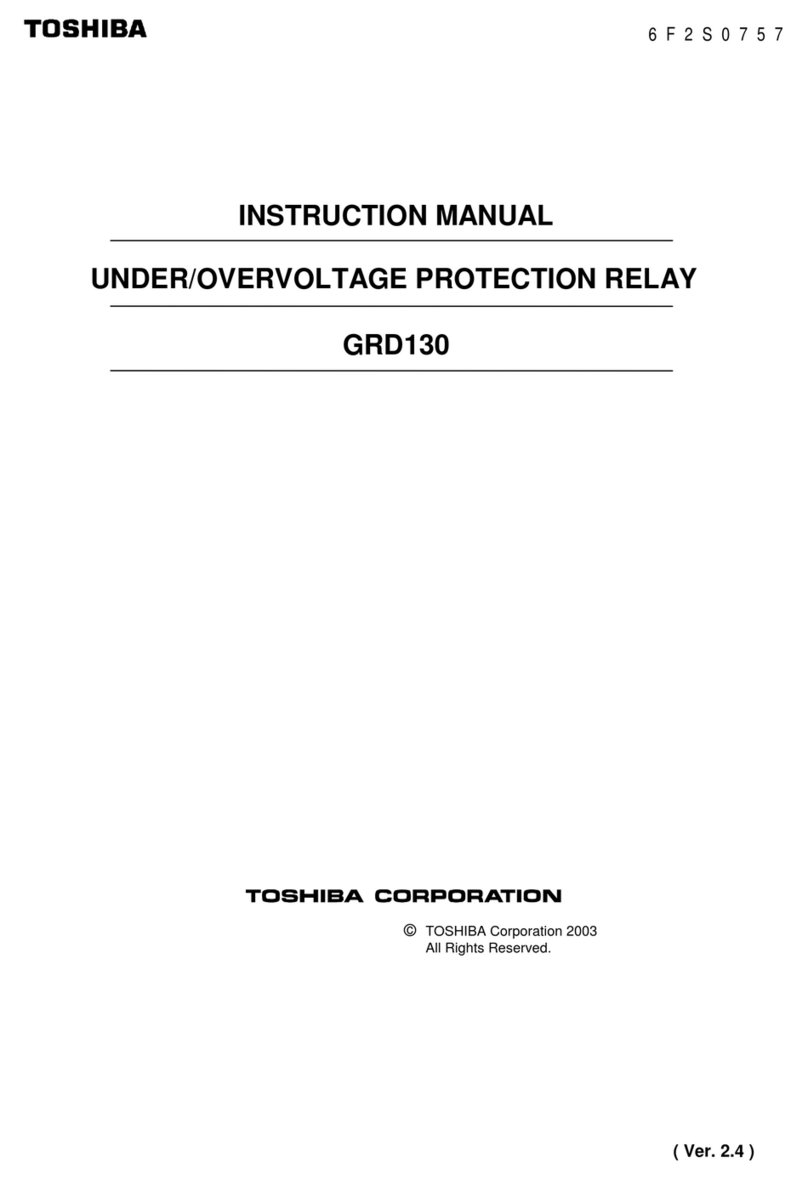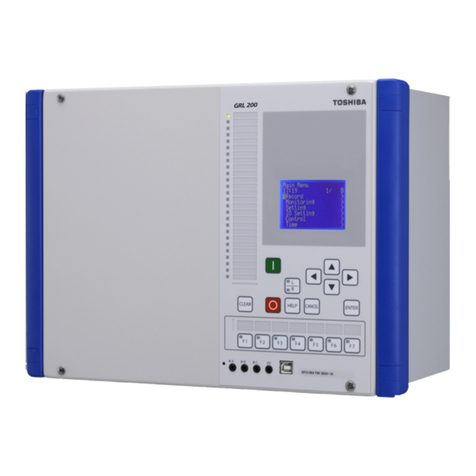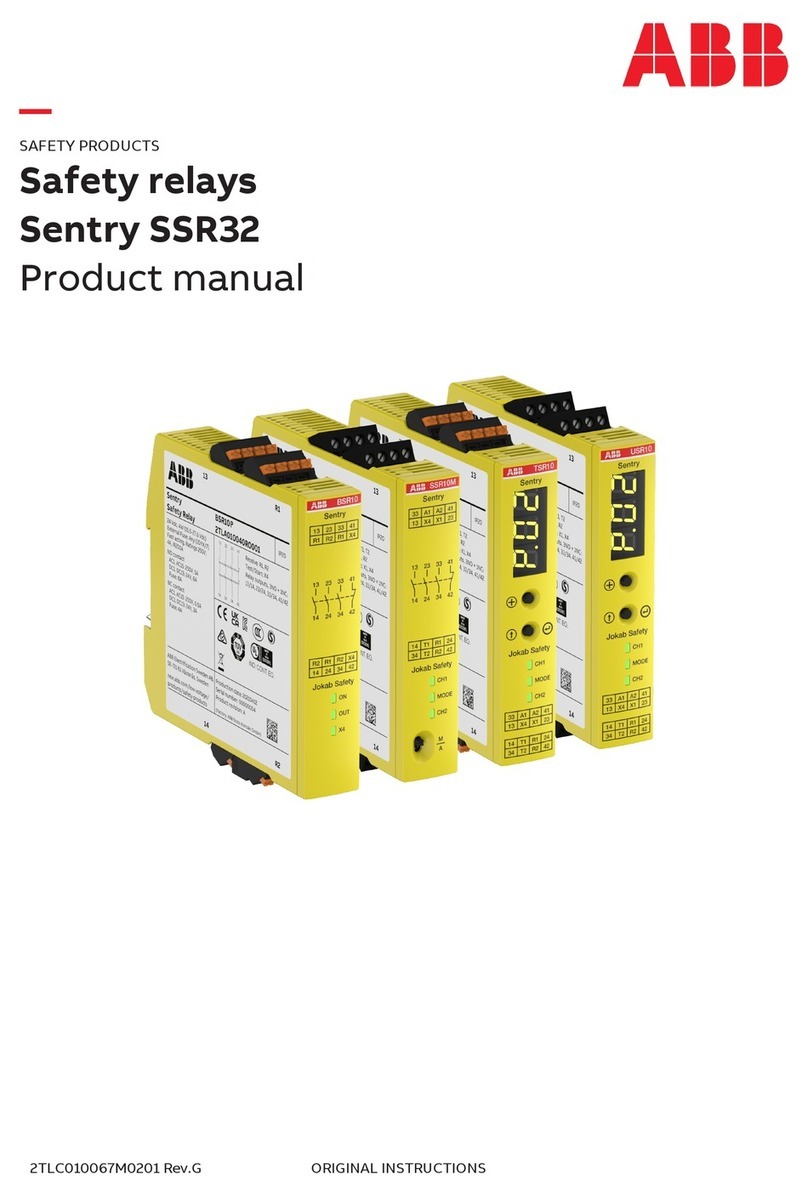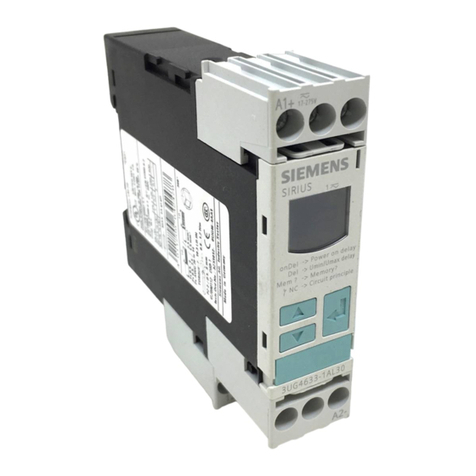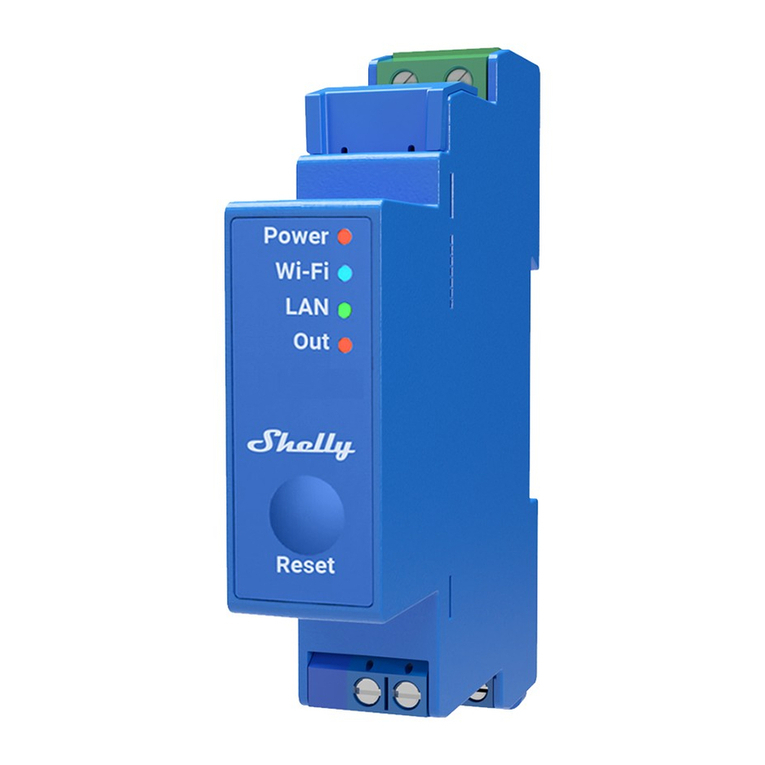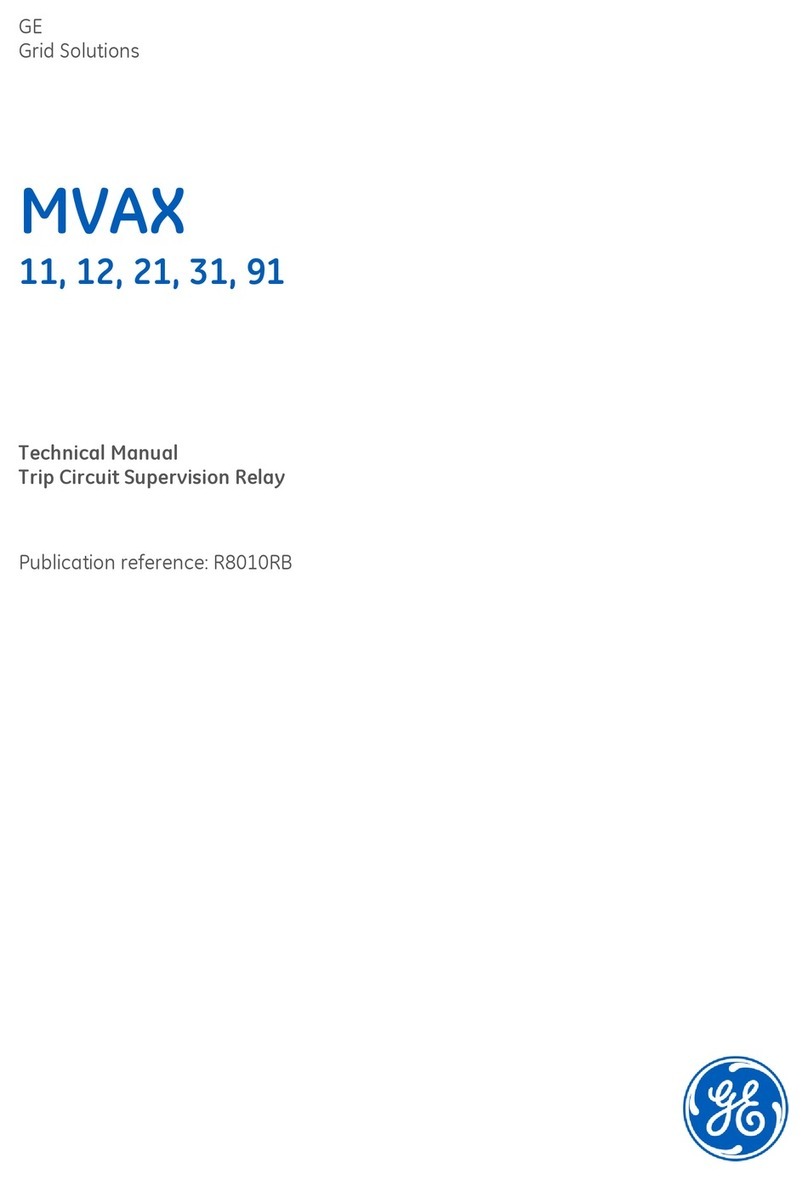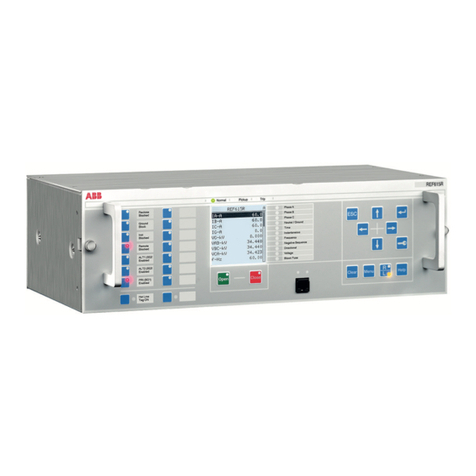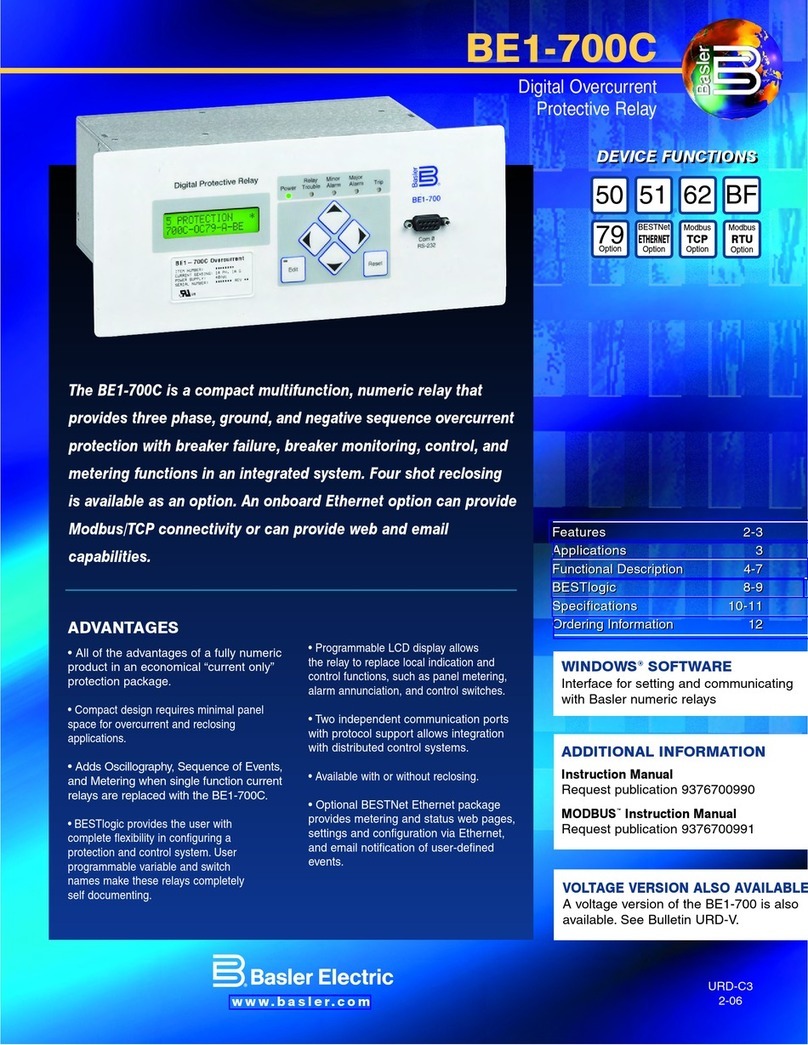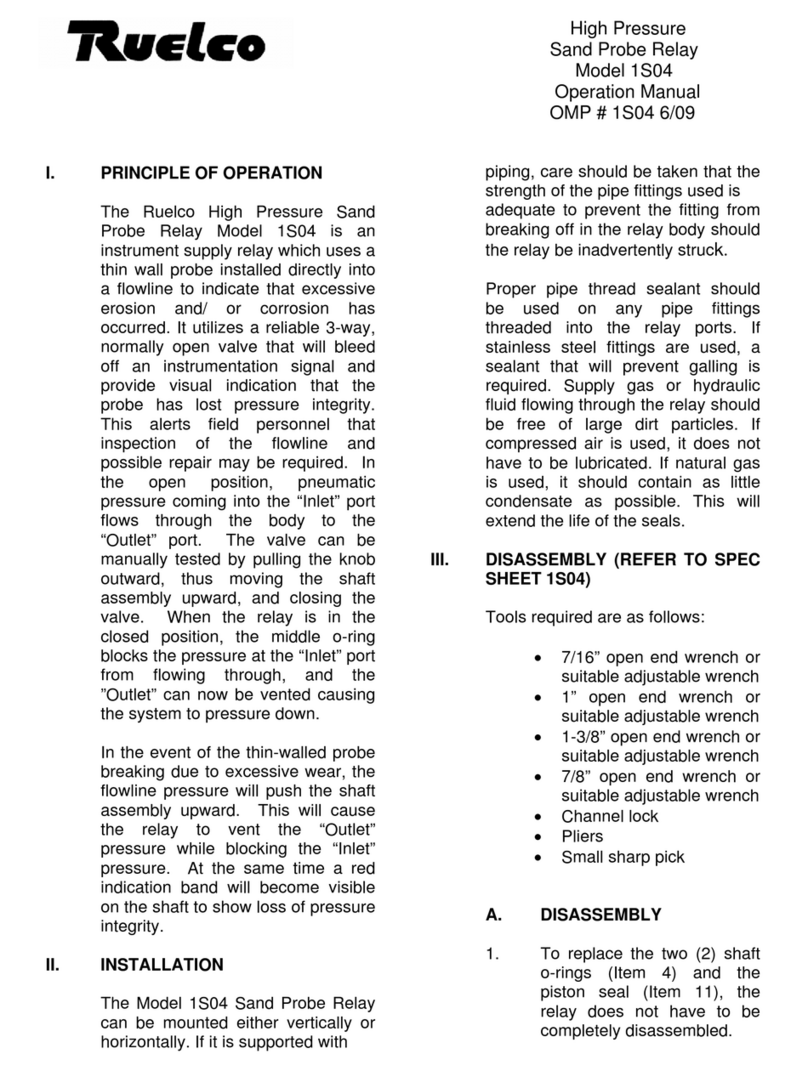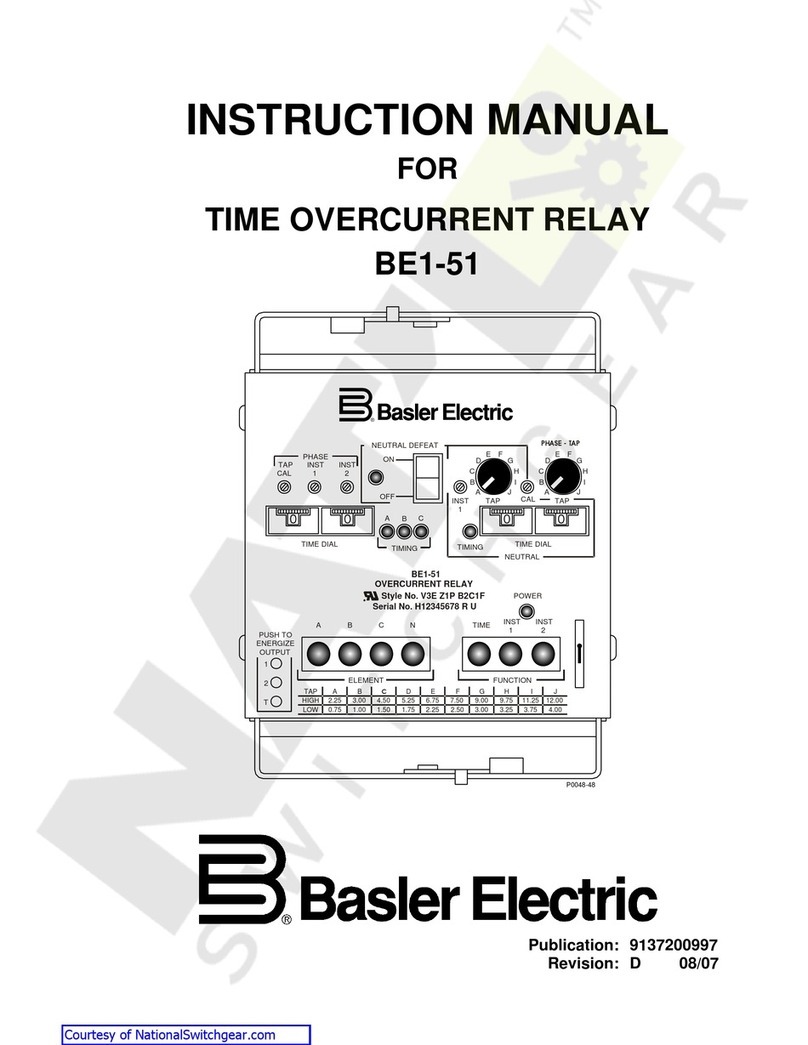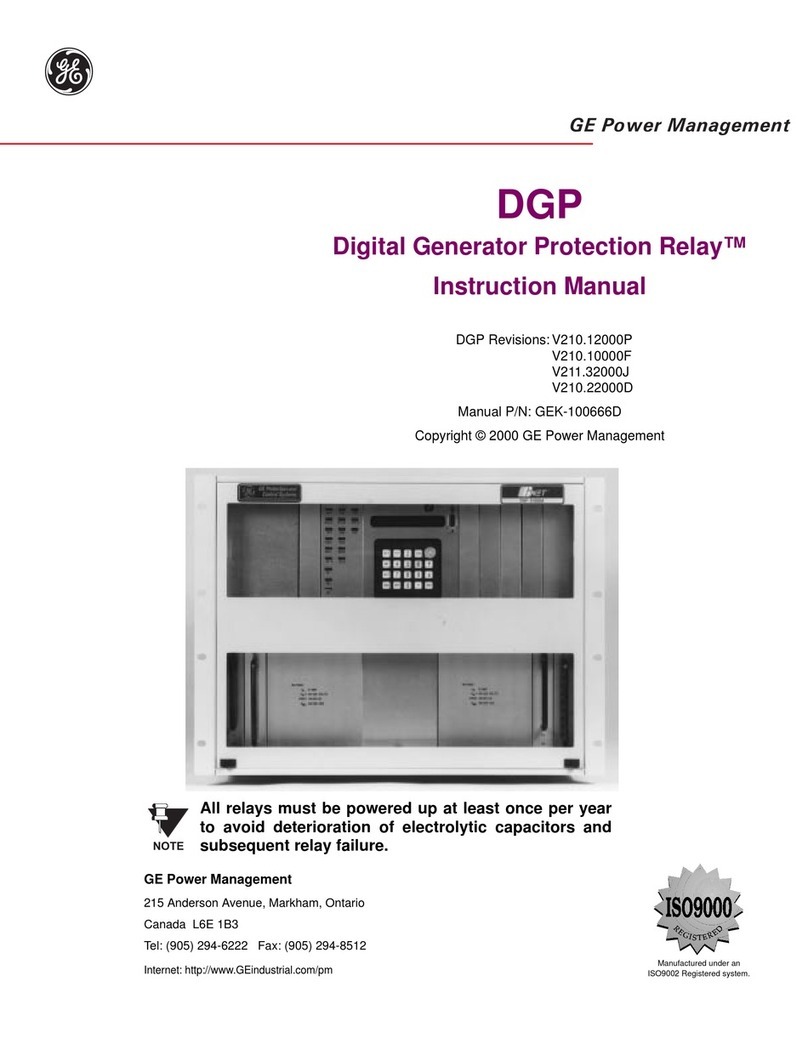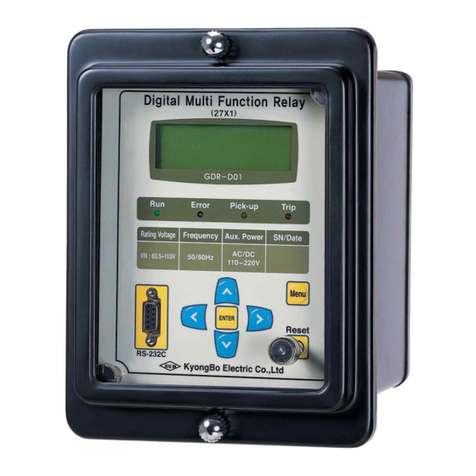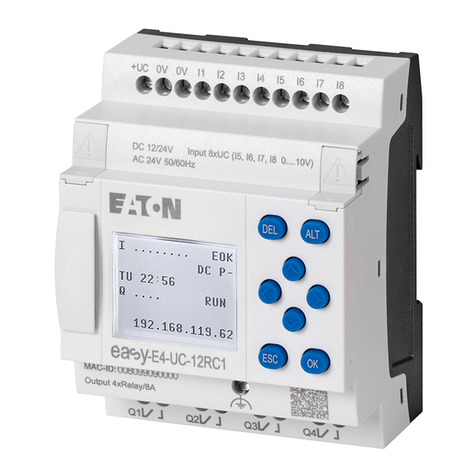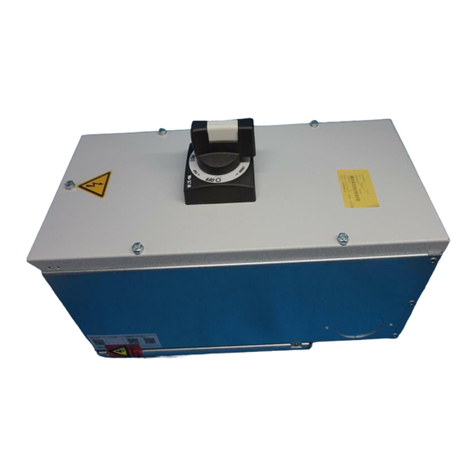
–2–
EN
Energy Monitoring Relay Interface Installation Manual
1Precautions for Safety
• Read these “Precautions for Safety” carefully before installation.
• The precautions described below include important items regarding safety. Observe them without fail.
Understand the following details (indications and symbols) before reading the body text, and follow the
instructions.
• After the installation work has been completed, perform a trial operation to check for any problems. Explain how
to use and maintain the unit to the customer.
• Ask customer to keep this Manual at accessible place for future reference.
Indication Meaning of Indication
Text set off in this manner indicates that failure to adhere to the directions in the warning could result in
serious bodily harm (*1) or loss of life if the product is handled improperly.
Text set off in this manner indicates that failure to adhere to the directions in the caution could result in
serious bodily injury (*2) or damage (*3) to property if the product is handled improperly.
*1: Serious bodily harm indicates loss of eyesight, injury, burns, electric shock, bone fracture, poisoning, and other
injuries which leave aftereffect and require hospitalization or long-term treatment as an outpatient.
*2: Bodily injury indicates injury, burns, electric shock, and other injuries which do not require hospitalization or long-
term treatment as an outpatient.
*3: Damage to property indicates damage extending to buildings, household effects, domestic livestock, and pets.
Symbols Meaning of Symbols
“ " Indicates prohibited items.
The actual contents of the prohibition are indicated by a picture or text placed inside or next to the graphic
symbol.
“ " Indicates compulsory (mandatory) items.
The actual contents of the obligation indicated by a picture or text placed inside or next to the graphic
symbol.
•Ask an authorized dealer or qualified installation professional to install or reinstall this unit.
Inappropriate installation may result in electric shock or fire.
•Electrical work must be performed by a qualified electrician in accordance with this installation
manual.
The work must satisfy all local, national and international regulations.
Inappropriate work may result in electric shock or fire.
•Be sure to turn off all main power supply switches before starting any electrical work.
Failure to do so may result in electric shock.
•Do not modify the unit.
A fire or an electric shock may occur.
•Do not install this unit where flammable gas may leak.
If gas leaks and accumulates around the unit, it may cause a fire.
•Perform wiring correctly in accordance with specified the current capacity.
Failure to do so may result in short-circuiting, overheating or fire.
•Use predefined cable and connect them certainly. Keep the connecting terminal free from
external force.
It may cause an exothermic or a fire.
WARNING
CAUTION
WARNING
CAUTION
2-EN
